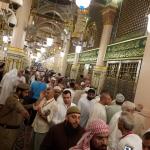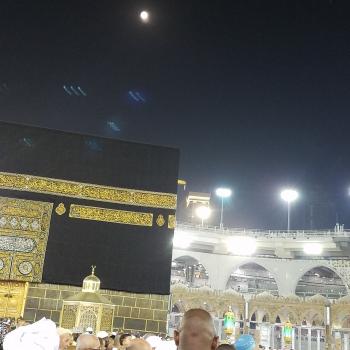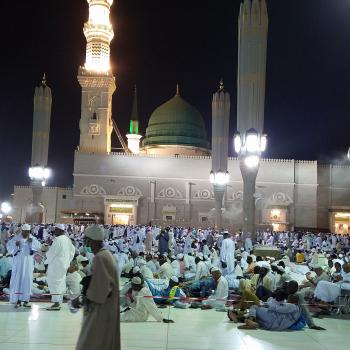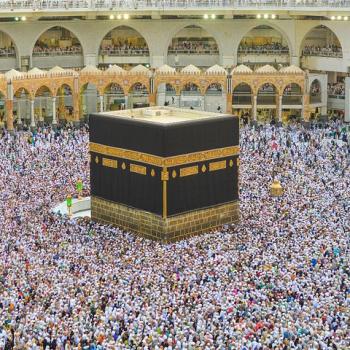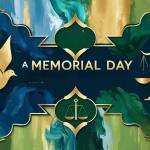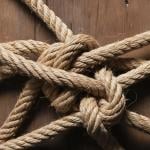 This is part 2 of reliving my Hajj pilgrimage last year to commemorate the 10 days of Hajj. This post is about the mosque of the Prophet and Baqih- the ancient cemetery in Medina.
This is part 2 of reliving my Hajj pilgrimage last year to commemorate the 10 days of Hajj. This post is about the mosque of the Prophet and Baqih- the ancient cemetery in Medina.
After long and tiring flights from San Francisco to Abu Dhabi to Jeddah, we took another flight to Medina several days before the actual Hajj was to begin. We arrived in the City of the Prophet around 10:30 PM, some 30 hours after leaving home. The fatigue quickly evaporated by the sight of the lights of Medina and in particular, the mosque of the Prophet, known as Masjid Al-Nabawi. Though visiting the Prophet’s mosque and Medina is not a required part of the Hajj pilgrimage, it is highly recommended for Hajjis (those who are performing the pilgrimage) to visit the city and Masjid Al Nabawi.
The city welcomed Prophet Muhammad (saw) in when he was forced to flee from Mecca in the year 622 C.E., fearing for his life. This is the city where the roots of Islamic civilization were established. Every nook and corner in and around the mosque has history attached to it, with the mosque and the mausoleum of the Prophet being the focal points.
Medina is considered the second holiest city in Islam after Mecca. The masjid is considered the second holiest shrine in Islam, second only to Ka’aba (in Mecca). Prophet Muhammad was buried in his house next to the mosque. The house and his mausoleum are now part of the Masjid Al Nabawi. The famous green dome of the mosque is built above his mausoleum.
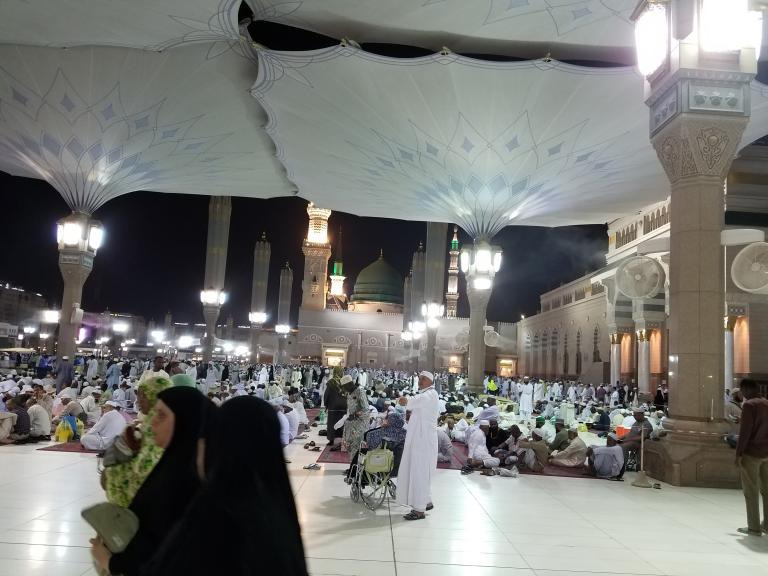
Our hotel was a short walk from the mosque. The temperatures were in the 110s degree, so having to walk for only 5-10 minutes was a huge blessing. Our group consisted of 30 men and women from my local Islamic center. We would usually walk together several times a day to the masjid for daily prayers, and to visit the mausoleum. The mosque is huge, and can accommodate up to two million pilgrims at once! Walking around the mosque would take a good hour and half.
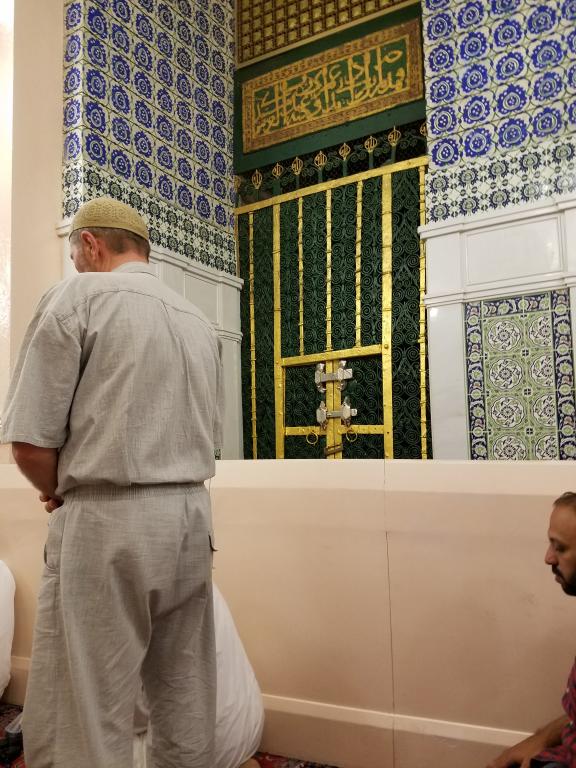
I had always felt that I would consider myself to be the luckiest man in the world just to be in the same zip code as Abraham, or Prophet Muhammad and Prophet Jesus or Prophet Moses. And here I was next to where Prophet Muhammad’s house once stood and next to where he is buried! The first two Caliphs, Abu Bakr and Umar are also buried alongside the gravesite of Prophet Muhammad. Next to his house is the house of Fatima, his beloved daughter nicknamed, Sayyeda-Tun-Nisa-al-Alameen (Leader of all women of the Universe),where she lived with her husband Ali and children including Hussain, Hassan and Zainab. This is all indoors now, inside the mosque. The memory of gazing at her door while sitting and waiting for the dawn prayers is still vivid. I still cannot believe how close I got to the house of my childhood religious heroes! “This is where they must have walked, while leaving their house”, I thought to myself, trying to visualize the incredible scene. I found myself drifting into history so many times, traveling over 1400 years ago in the blink of an eye, then getting back to reality when a pilgrim would ask me to move as they tried to negotiate through the crowds to get to their place in the mosque. At other times, I would simply pinch myself to bring me back to 2017.
Every morning right after the Faj’r (dawn) prayers, we visited the ancient cemetery called Jannat Al Baqih, adjacent to the courtyard on the west side of the mosque. This is where many of the Prophet Muhammad’s family members, companions and Imams are buried.
At other times, we would take a bus trip to the outskirts to visit the other holy sites around Medina. Contrary to the poplar belief, the Masjid al Nabawi was not the first mosque in Islam- it was a smaller mosque called Quba in the outskirts of Medina. (Others believe, as per a verse from the Qur’an, that the first house of worship for mankind was Ka’aba, as they quote verse 3:96). The city is host to another historic mosque called Masjid Al Qiblatyn, or the mosque of two Qiblahs(the direction of the prayers), named so because this is where Prophet Muhammad received the command to change the direction of the prayers(Qiblah) from Jerusalem (Masjid Al Quds) to Mecca(Ka’aba) in the middle of prayers and the entire congregation changed their direction. Another common place visited by the pilgrims is the battlefield Uhad where Prophet Muhammad and his companions defended the city from the army from Mecca. This battle is mentioned in the Qur’an in several places and angels are said to have aided the Muslim army when they were about to face a crushing defeat that would have wiped out Islam in its infancy before it could grow. I will post the pictures and the videos of this tour on my next post.
Here are some of the short videos, all under 60 seconds long.

